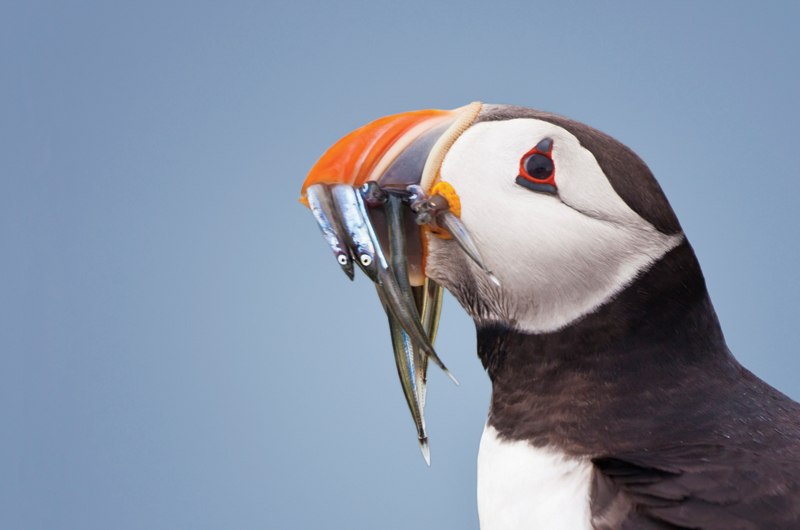In September President Barack Obama designated about 5,000 square miles of deep sea canyons and ancient underwater mountains southeast of Cape Cod as the first national marine monument in the Atlantic Ocean.
The Northeast Canyons and Seamounts Marine Monument includes three canyons thousands of meters deep and four seamounts, part of a range of extinct underwater volcanoes. Bear Seamount, the largest of the four seamounts, is about 100 million years old and rises about 8,200 feet above the ocean floor.
The monument is approximately 130 miles southeast of the Cape, and is home to at least fifty-four species of deep sea coral, which join sponges and anemones to support a diverse ecosystem. The area provides shelter and a feeding and spawning ground for, among other things, plankton, crab, squid, flounder, endangered sperm whales, and leatherback turtles. More than ten species of sharks feed there, and Atlantic puffins are said to overwinter at the canyons.
The Antiquities Act of 1906 gives the president authority to designate national monuments that have scientific, cultural, conservation, or aesthetic value – on land, like Canyon de Chelly in Arizona and George Washington’s birthplace in Virginia, or under the sea, like the Papahanaumokuakea Marine National Monument off Hawaii, which President Obama expanded earlier in the summer. The designation provides broad protection for the area and doesn’t require a public process. The four other marine national monuments are in the Pacific.
Over the last year, several environmental organizations lobbied for a national marine monument designation in the northwest Atlantic. Original discussions included Cashes Ledge, which is about eighty miles off of Massachusetts in the Gulf of Maine and is home to the largest kelp forest off the Atlantic coast. But earlier this year White House officials said that site was no longer under consideration, disappointing conservation organizations.
The Northeast Canyons decision, on the other hand, earned their praise. “From valleys deeper than the Grand Canyon, to peaks as high as Mount Washington, to the hundreds of diverse and endangered species that call this place home, the Northeast Canyons and Seamounts is the embodiment of a treasure worthy of such permanent protection,” the Conservation Law Foundation said in a statement.
Commercial fishing organizations and others opposed the idea, citing expected impacts on their industry and the designation process itself. A spokesman for Massachusetts Governor Charlie Baker said the governor’s administration was “deeply disappointed by the federal government’s unilateral decision to undermine the commonwealth’s commercial and recreational fishermen with this designation.”
In fact, though commercial fishing in the area will indeed be phased out, recreational fishing will be allowed and the American Sportfishing Association praised the decision.





